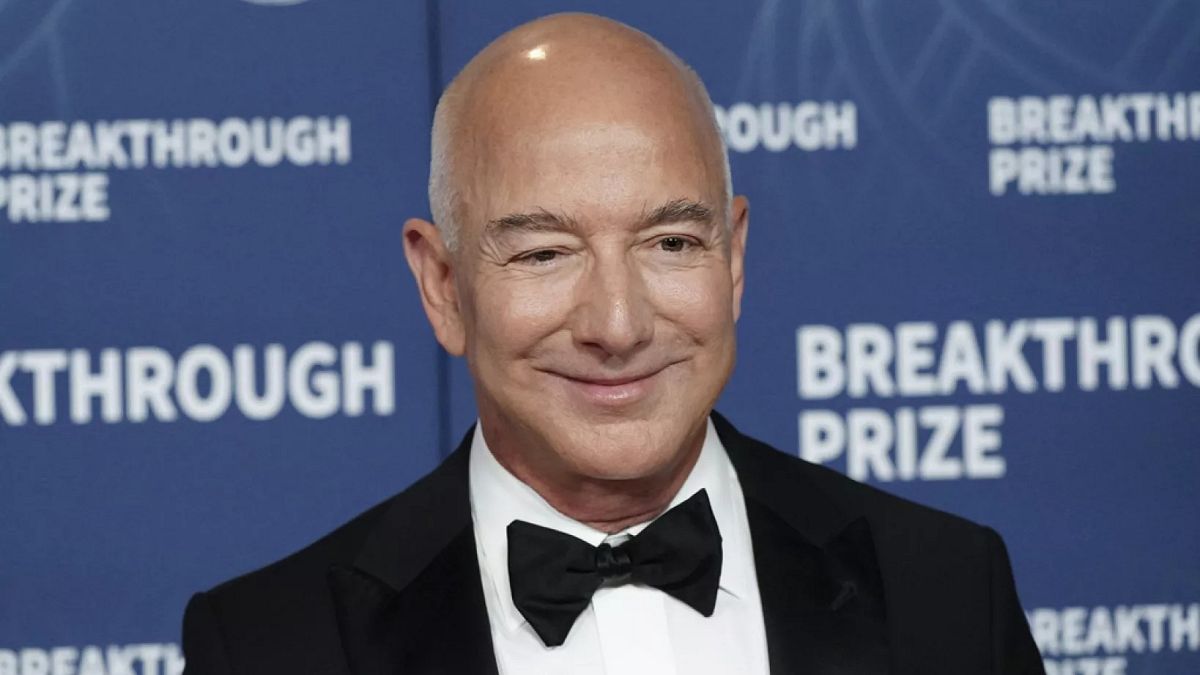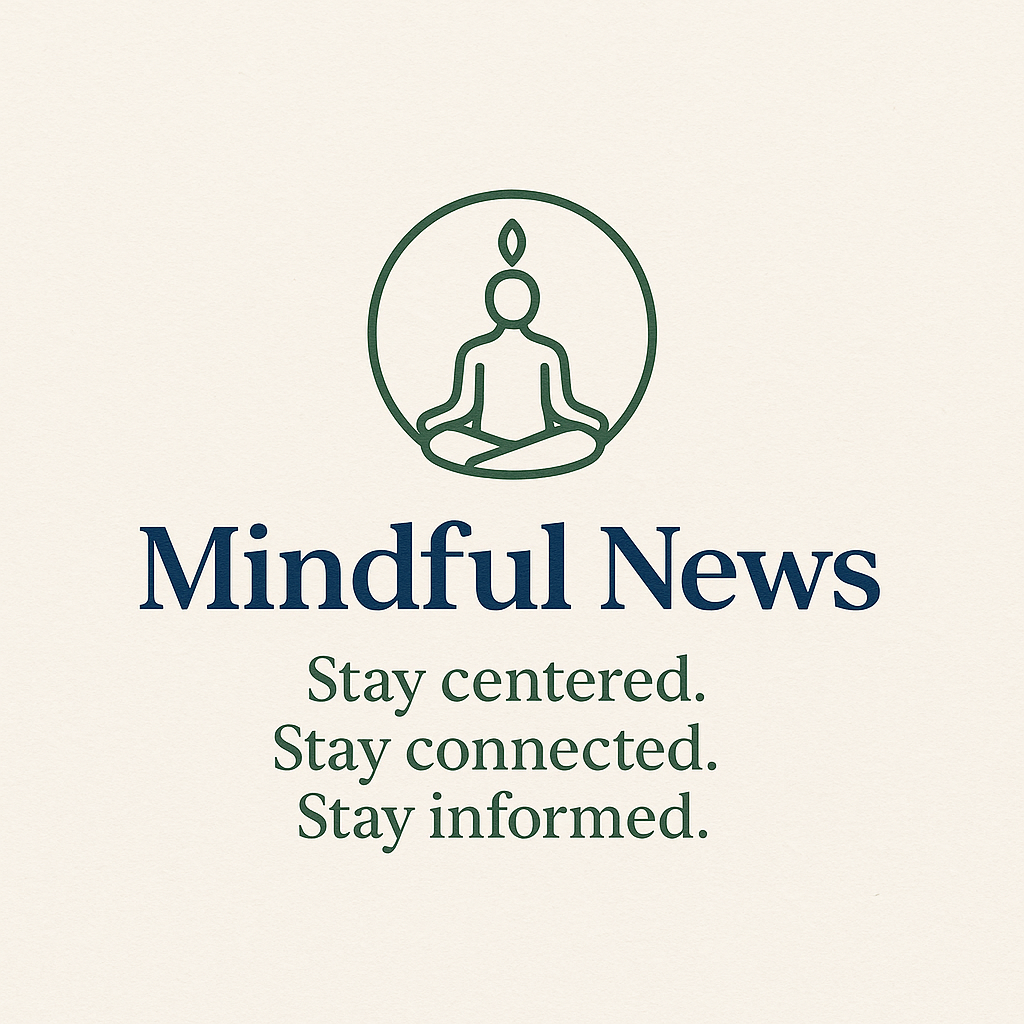

In recent developments across the global economic landscape, a tapestry of growth, challenges, and transformative efforts are unfolding. This confluence of events weaves together stories of increasing wealth concentration, currency fluctuations, and significant infrastructural investments aimed at fostering prosperity in developing regions.
One of the most striking narratives is the remarkable surge in wealth among the world’s billionaires. Over the past decade, there has been an astronomical rise in the net worth of the top 1%, exemplifying the burgeoning concentration of wealth. According to a report by Oxfam, this accumulated wealth possesses the theoretical potential to eradicate global poverty more than twenty times over. However, the report also highlights an insufficient allocation of resources toward initiatives aimed at reducing inequality. This juxtaposition of immense wealth and unmet potential calls for mindful contemplation of the socio-economic structures at play and the actions needed to bridge the gaps of disparity.
Meanwhile, the realm of international finance is witnessing significant currency movements, particularly relating to the euro. Currently, the single currency is experiencing a remarkable ascent, approaching four-year highs. A 13% rally this year has been propelled by several factors, including shifts in eurozone fiscal policies, political uncertainties in the United States, and evolving market dynamics. The trajectory of the euro invites speculation about whether it might reach or even surpass the notable benchmark of 1.20 against the dollar. As this currency strengthens, it presents a dynamic interplay of opportunities and challenges within the global economic framework, influencing trade, investments, and policy decisions.
In a concerted effort to address socioeconomic challenges in conflict-affected regions, the World Bank has recently approved a substantial allocation of $1 billion for development projects in Iraq, Syria, and Lebanon. The lion’s share of this funding, $930 million, is earmarked for Iraq, with a vision to rejuvenate the country’s railway infrastructure, stimulate domestic trade, and create much-needed employment opportunities. These investments are anticipated to serve as catalysts for longer-term stability and economic vitality, reflecting a commitment to nurturing growth and rebuilding in regions that have faced adversity. Through these initiatives, the World Bank aims to sow seeds of sustainable development, aligning resources with the aspirations of impacted communities.
Amidst these global economic shifts, the fashion industry is experiencing changes of its own, particularly in the United States. The impact of import tariffs imposed by the Trump administration is beginning to manifest in rising clothing prices. This fast-evolving situation has prompted varied responses among retailers, with some adjusting prices more aggressively and others adopting a cautious approach. Daniel Ervér, CEO of H&M, notes that these adjustments are a direct consequence of changing import costs, illustrating the ripple effects of policy shifts on consumer goods and retail strategies. In light of these circumstances, both retailers and consumers may need to navigate an evolving landscape of pricing and sourcing.
As these diverse developments unfold, they collectively underscore the complexity and interconnectedness of the global economic environment. By embracing a reflective and informed approach, stakeholders worldwide can work collaboratively to harness opportunities, address challenges, and contribute to a more equitable and sustainable future for all.
Source: {link}
